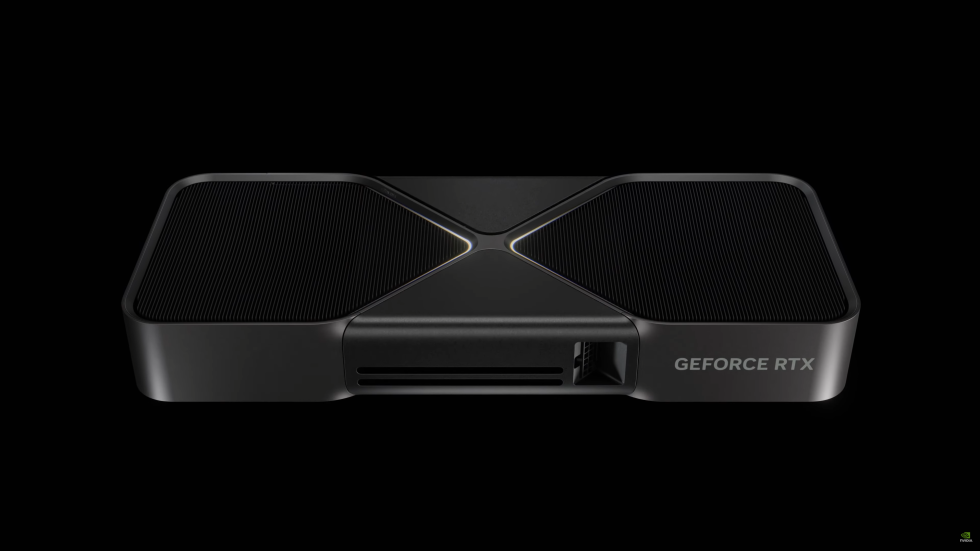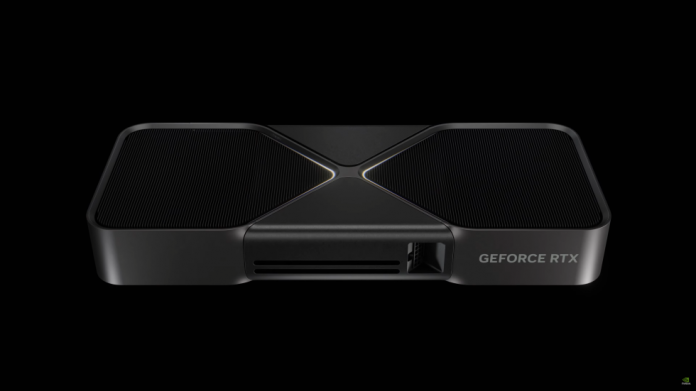NVIDIA has officially confirmed that the upcoming GeForce RTX 5080 GPU will be equipped with the latest GDDR7 memory modules from several partners, including Samsung and Micron. This marks another step in the evolution of memory technology and highlights the RTX 5080 within the “Blackwell” generation. However, it also brings back memories of older graphics cards, where you had to be careful which memory was installed if you wanted to overclock.

Exclusive specifications of the RTX 5080
Compared to other GPUs in the RTX 50 series, the RTX 5080 has the fastest memory specifications:
Memory: 30 Gbps GDDR7 modules
Bandwidth: Up to 960 GB/s
Memory vendors: Samsung and Micron
While other models in the series rely on 28 Gbps memory modules, NVIDIA has realized an increase to 30 Gbps for the RTX 5080, which clearly sets the card apart from the other products in the series.
Why multi-sourcing is important
There are strategic reasons for working with several memory module manufacturers such as Samsung and Micron. GDDR7 is still in the early stages of production and the yield of high-specification modules is currently limited. By multi-sourcing, NVIDIA can ensure security of supply and avoid bottlenecks. Originally, NVIDIA apparently planned to use 32 Gbps GDDR7 modules. However, the current production yields led to the specifications being lowered to 30 Gbps. There is speculation that future refresh models or variants of the RTX 50 series may offer faster memory or higher VRAM capacity.
The development of GDDR technology
GDDR memory has undergone a remarkable evolution since its introduction. With GDDR7, the focus is on higher bandwidths with more moderate energy consumption. Here is a comparison of the generations:
With 30 Gbps GDDR7, the RTX 5080 achieves a system bandwidth of 960 GB/s, which corresponds to an increase of 30% compared to the RTX 4080 SUPER. The front-runner RTX 5090 even achieves up to 1.8 TB/s, a considerable leap compared to the RTX 4090.
AMD and Intel continue to rely on GDDR6
While NVIDIA is making the leap to GDDR7, competitors such as AMD and Intel continue to rely on GDDR6 memory, primarily for cost reasons. This could give NVIDIA an advantage, especially for applications that benefit from high bandwidth, such as high-resolution gaming or AI-powered workloads.
Challenges and open questions
Despite the impressive performance data, there are still some unresolved issues:
- Energy efficiency: How much energy does GDDR7 require compared to GDDR6/X? Previous specifications indicate moderate improvements, but there are no concrete figures.
- Overclocking potential: GDDR6 was known for excellent overclocking. Whether this also applies to GDDR7 remains to be seen.
- Long-term availability: How quickly can memory manufacturers scale their production and improve yields?
A significant step for NVIDIA
The decision to integrate GDDR7 memory into the GeForce RTX 5080 and the entire RTX 50 series demonstrates NVIDIA’s commitment to technological advancement. The use of multi-sourcing and early adoption of new technologies gives NVIDIA a head start, but could affect the end customer price due to higher production costs. Whether the RTX 5080 can exploit this advantage in practice depends on how well it translates its theoretical specifications into real applications. In any case, the competition will have to dress warmly.
Source: Wccftech


